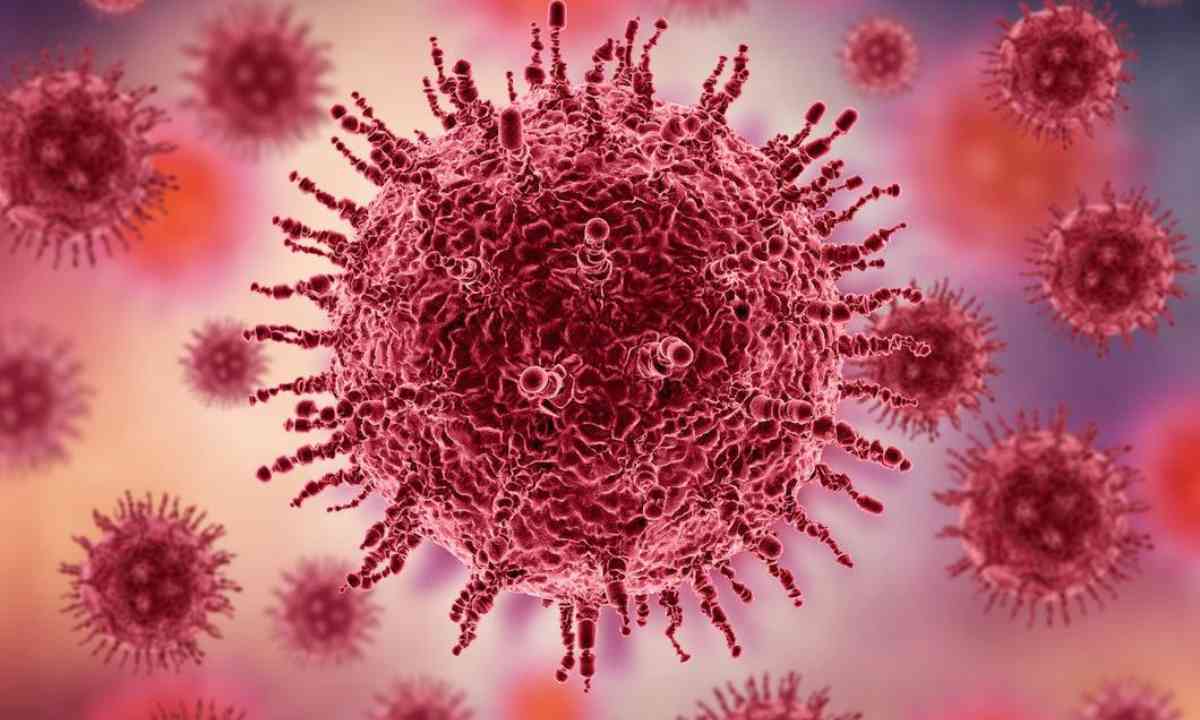The United States is currently witnessing an uptick in cases of human metapneumovirus (HMPV), a respiratory virus that is spreading alongside the declining numbers of Covid-19 and RSV cases. According to the Centers for Disease Control and Prevention (CDC), HMPV cases peaked in mid-March, with nearly 11 per cent of tested specimens testing positive for the virus. This represents a significant increase of around 36 per cent compared to pre-pandemic levels.
HMPV primarily affects the upper and respiratory tract and is often asymptomatic or causes mild symptoms similar to those of a common cold. However, individuals with weakened immune systems, older adults, and young children are more vulnerable to severe illness. Unlike Covid-19 and the flu, there is currently no vaccine or specific antiviral treatment available for HMPV. Medical professionals focus on managing the symptoms of those who develop severe cases.
HMPV belongs to the same viral family as respiratory syncytial virus (RSV) and was first identified in 2001. The virus spreads through close contact with infected individuals, respiratory droplets from coughing or sneezing, and contact with contaminated surfaces. The CDC highlights that HMPV is more likely to circulate during the winter and spring months, similar to other respiratory viruses.
To minimize the spread of HMPV, it is essential to maintain good hygiene practices, including covering the mouth and nose when coughing or sneezing, and regularly washing hands. While HMPV cases are increasing, it is crucial to remain vigilant and adhere to recommended preventive measures to reduce the transmission of the virus.
© Copyright 2023. All Rights Reserved Powered by Vygr Media.
























